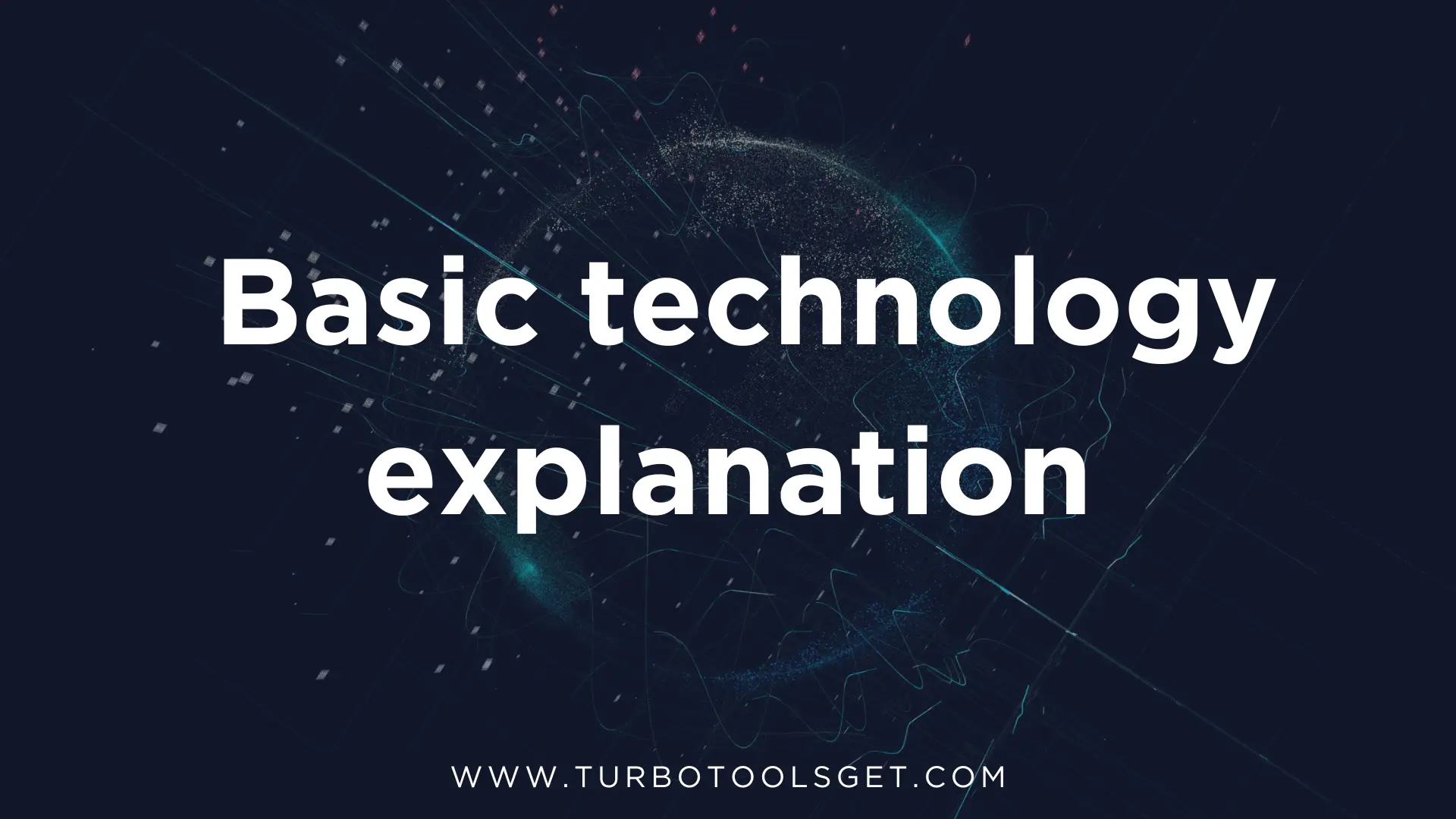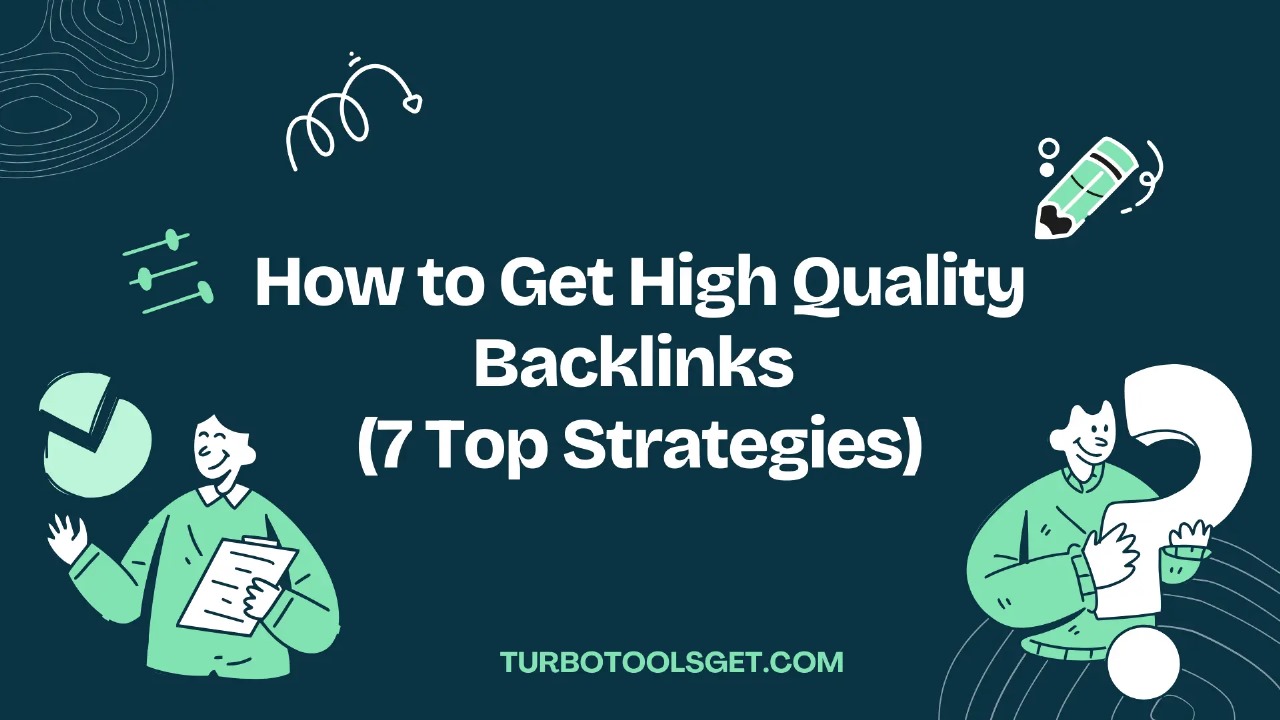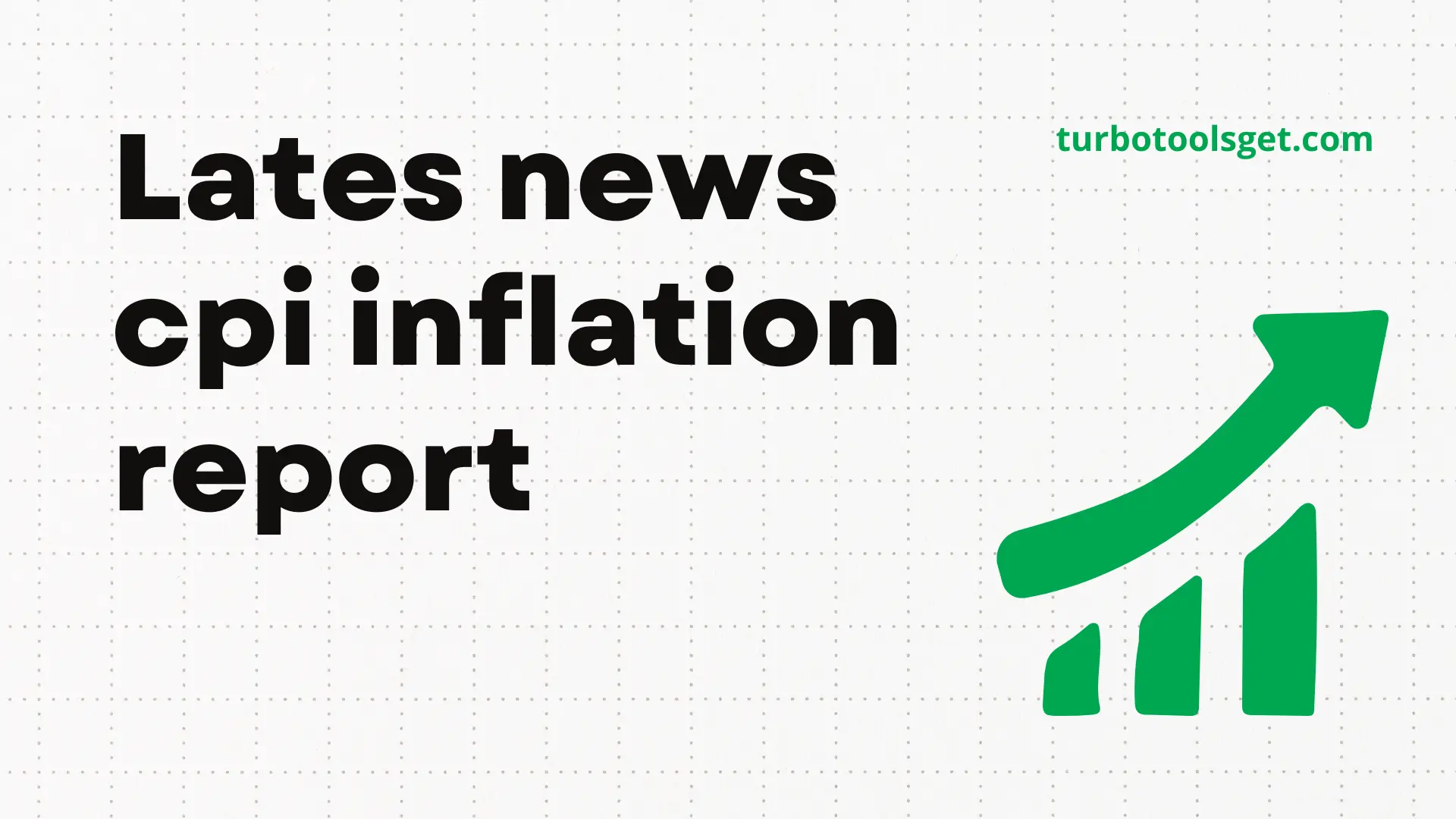What is the basic technology explanation?

What kind of technology, exactly? Effectively, technology is using scientific knowledge for practical purposes — mostly, common, industrial. Its definitions encompass all the means of human activity, the techniques, the processes, the tools used to create or to produce, whether a good and a service or to project an objective (e.g. scientific research) or any human activity. Text Book All About Technology, Definition, Concepts and Evolution.
Table of Contents
From Flint Tools to Artificial Intelligence
Technology’s development is as old as humanity itself. The humans used to primitive weapons, such as sharp stones and the like for hunting or manufacturing. It marked the beginning of a painful path to innovation, propelled by the need of that innate human effort to solve problems and better our lives. Inventions such as the wheel, fire, the printing press, changed the social architecture of history, transforming transport, communication and knowledge-sharing.
Beginning with the Industrial Revolution in the 18th century, an era of swift technological advancement began. with the steam engine and power loom inventions, which changed the way manufacturing processes were managed and led to the industrial manufacturing, mass production, and urbanization paradigm we know today. The basis of the modern technological landscape.
But in the 20th century we are blessed with a boom in innovation and systems that entered the public (at least the general) domain, starting from electronics over telecommunication technology to computing. It created computers, smartphones and the internet, which fundamentally altered the way we communicate with each other.
But we have entered a new age of note, a new technological revolution, not seen since the industrial revolution. “These technologies have the potential to help address some of humanity’s biggest problems — from climate change to disease — while also raising complex ethical and societal challenges.”
Seven of the major elements of technology
Technology being a very generic term including people, processes and tools, has some of its own components. Computing hardware This segment comprises devices that perform data input, output, transmission and storage functions in a company’s tech-oriented environment. Software modifies hardware, capitalizing on these architectures by tunnelling how data is written, read and interacted with.
Software: It’s that set of the program and instruction that perform a task on the hardware. Software refers to a set of programs and necessary data which instruct a computer on how to perform tasks. Software is what allows users to interact with hardware and perform certain functions.
Data: Technology operates on data, the raw material. It may consist of various types of data, such as text, image, audio, numerics, and sensor readings. This is where you collect, store, analyze that data and provide insights to inform and drive decisions.
NET: Networking is when a number of device is connected together to exchange data and the resources. The Internet is the largest and most popular global network. Networking enables individuals to communicate, collaborate, and share information on a scale previously unimaginable.
Algorithms: A set of rules / step-by-step procedures for calculations They are what bind software together and are fundamental to data analysis, artificial intelligence and machine learning.
Technology & Society: A double edg sword
The impact of technology has transformed the world in every way imaginable. That has both advantages and disadvantages when it comes to technology.
Connecting the World: Under the digital era, the easy access to internet and mobile devices facilitated worldwide communication by making it easier to connect with people from any region which enhanced collaboration and exchange. Automation and other technologies have modernized industries and made them move efficiently with lower costs.
Access to great amount of information: Internet gives access to vast library of information which help people to educate themselves and have knowledge.
June 12, 2025: Shall we get to some highlights now?
Technological Innovation: This has been a catalyst to economic growth by way of rapid growth in creating new industries, jobs and that which we can buy. But there are also challenges and potential downsides to technology expertise.
Job Displacement: Automation has the potential to replace existing jobs in certain sectors, driving chips to adapt and acquire new skills.
Good question: It means many things and it is ethical question about how can we use it in various sectors such as health, finance, and employment.
Digital Divide: There may still be a digital divide in that not everyone has equal access to technology leading to additional inequality in terms of opportunity.
Cybersecurity: Growing reliance on technology leaves us more susceptible to cyberattacks and data breaches.
Ethical Concerns: Emerging technologies like AI can raise difficult ethical questions on bias, autonomy, and accountability.
The Technological Future We’re Creating and Why It’s Important?
Therefore, as the world continues to evolve and technology progresses at an alarming rate, we cannot shrink from the task of designing and implementing these technologies in a responsible manner. But, we find ways to adapt to new challenges and seizing the opportunities technology provides, using it as a means to do good and improve our society. This requires:
Be More in Tech: Great training for people on entering the tech world. Fostering digital inclusion Ensuring that everyone has access to and can benefit from technology and its potential
Protecting Privacy: Making sure the personal data is adequately protected and not misused
Policy for the Long Haul: Pursuing longer-term policies that ensure the long-term feasibility of technology and that facilitate a bridge between the efforts of the government, industry, and academia to address the technological challenges and opportunities.
As a technology is a tool, and it has very high potential to develop the new possibilities for the future, and we aware of it. When we understand its fundamentals, map its history, know its place in the world, we can begin to strategize around it — together innovating around the creation and legislation of a balanced technological present and future. And as the world’s journey to a more technologically advanced future continues, it is our responsibility to ensure that this is a future where technology serves humanity and addresses its greatest challenges.
RIZVE MAMUN
CEO / Co-Founder
Enjoy the little things in life. For one day, you may look back and realize they were the big things. Many of life's failures are people who did not realize how close they were to success when they gave up.





